Canadians Live in Caves, Tanks, Bombed-out Houses
"News and Views" from 'The Med' from The Montreal Star
Introduction:
I have come to the conclusion that I am chasing the wrong reporter or war correspondent from Montreal and/or associated with The Montreal Star. I reviewed the microfilm from mid-September to mid-October recently, hoping I'd missed an article by Sholto Watt of The Star, but there was nothing more there.
I may soon start my search again if I can find microfilm for The Montreal Gazette (featuring Lionel Shapiro) and The Montreal Standard (w W. Reyburn). I certainly got my hopes up once I read about Sholto Watt in Messina, looking across the strait to Reggio, on Sept. 2, 1943, the day before the invasion of Italy, and involvement of Canadians in Combined Operations with the 80th Canadian Flotilla of Landing Crafts (featuring my father Doug Harrison on an LCM).
That being said, my search of The Star has not been in vain. The newspaper has rolled out story after store related to the efforts of all three branches of the Canadian Forces, including many by Mr. Watt, an informative and creative writer. And I plan to continue my search into December's issues on microfilm to see if the 80th Flotilla was given more coverage when it came their time to quit The Med (as was given the 55th and 61st Canadian Flotillas of Landing Craft when their duties re the invasion of Sicily were done).
Below, readers will find more articles, editorials, cartoons, ads, etc., that provide context for the times and add to our understanding of the roles of Canadians during WW2.
Last line: 'intercepting fighters were shot down in a fierce battle'
Movement on the Italian Front was already slow and difficult... and winter is coming. I think this is the first report related to impediments imposed by Mother Nature:
As we now know, invasion forces were harnessed in England for several more months:
Gone are the days when merchant fleets were continually harassed and suffered great losses at the hands of Germany's submarine forces:
More from Sholto Watt:
Above we read about the heavy use of anti-personnel mines. Allied forces would report their use in Sicily as well, a few months earlier. Even the Canadians in Combined Ops had to learn to deal with them as they performed their transporting duties. In Navy memoirs my father writes the following:
"Dad, Well Done" Page 34
After about a week of being continually harassed by bombers, ack-ack fire and dog fights in the sky (we Canadians shot down a wing tank and almost single-handedly drove the Americans from the skies) one of our fellows on a short reconnoitre ashore found an abandoned limestone cave. This cave, a huge hump in the beach landscape, was to become our shelter at night for nearly three weeks. About 60 of us slept there, including another Norwich boy, the late Buryl McIntyre. The remaining Canadian boys slept in holes dug along the beach, covered over by whatever they could scrape up.
The cave itself had been used at some time to house cattle to protect them from us. It was large enough to sleep many more. The roof was 70 or 80 feet thick and supported by huge limestone pillars inside.
We soon obtained a barrage balloon (the same way I got the rum) which we anchored on top of the cave. Unless a bomb dropped in front of the door, we were as safe as a church. There wasn’t a bomb as yet that could pierce that roof.
The limestone underfoot was almost like wet cement, but we happily trudged through this, put our hammocks down doubled up, laid our mattresses on them, curled up in our blankets clothes and all, and slept like logs. We even recessed navy lamps into the walls. The ceiling was about 20 feet high. It was cool, damp and safe and we shared our good fortune with several little green lizards who had cool feet.
Early each morning we paraded out and slung our sleeping gear over bushes or on the lower limbs of olive trees and they would be quite dry by night. We decided to free one sailor from duty and he was to take over as a cook, something we just didn’t have. The cook’s duties were to find food and cook it in a huge metal cauldron, which we had procured in the same way as the rum and barrage balloon (i.e., 'borrowed' from goods being transported to Montgomery's 8th Army).
The cauldron was raised on stones and heated by pouring gasoline on the limestone underneath. This worked out quite well. The cook scrounged tomatoes (pomadori) which were plentiful and we managed some bully beef (the same way as rum, barrage balloon and cauldron). This was all stirred up together and one night we had tomatoes and bully beef, and the next night we had bully beef and tomatoes. Once in a while we threw in a sea boot to add a little flavour.
"Dad, Well Done" Page 110
The following two articles appeared together on The Star's editorial page on November 15, 1943:
The above story, about life as a soldier and the creative use of the inside a tank, and the repetitive routines associated with Bully beef, is similar in nature to what I've learned by reading my father's Navy memoirs that relate to his time in Sicily. Dozens of sailors lived inside The Savoy, a limestone cave near Avola, and they survived on rations, including the aforementioned Bully beef and anything else they could get their hands on:
COOL, DAMP, SAFE ROOMS AT THE SAVOY ON SICILY
(title as found in The Norwich Gazette, circa 1991)
After about a week of being continually harassed by bombers, ack-ack fire and dog fights in the sky (we Canadians shot down a wing tank and almost single-handedly drove the Americans from the skies) one of our fellows on a short reconnoitre ashore found an abandoned limestone cave. This cave, a huge hump in the beach landscape, was to become our shelter at night for nearly three weeks. About 60 of us slept there, including another Norwich boy, the late Buryl McIntyre. The remaining Canadian boys slept in holes dug along the beach, covered over by whatever they could scrape up.
The cave itself had been used at some time to house cattle to protect them from us. It was large enough to sleep many more. The roof was 70 or 80 feet thick and supported by huge limestone pillars inside.
We soon obtained a barrage balloon (the same way I got the rum) which we anchored on top of the cave. Unless a bomb dropped in front of the door, we were as safe as a church. There wasn’t a bomb as yet that could pierce that roof.
The limestone underfoot was almost like wet cement, but we happily trudged through this, put our hammocks down doubled up, laid our mattresses on them, curled up in our blankets clothes and all, and slept like logs. We even recessed navy lamps into the walls. The ceiling was about 20 feet high. It was cool, damp and safe and we shared our good fortune with several little green lizards who had cool feet.
Early each morning we paraded out and slung our sleeping gear over bushes or on the lower limbs of olive trees and they would be quite dry by night. We decided to free one sailor from duty and he was to take over as a cook, something we just didn’t have. The cook’s duties were to find food and cook it in a huge metal cauldron, which we had procured in the same way as the rum and barrage balloon (i.e., 'borrowed' from goods being transported to Montgomery's 8th Army).
The cauldron was raised on stones and heated by pouring gasoline on the limestone underneath. This worked out quite well. The cook scrounged tomatoes (pomadori) which were plentiful and we managed some bully beef (the same way as rum, barrage balloon and cauldron). This was all stirred up together and one night we had tomatoes and bully beef, and the next night we had bully beef and tomatoes. Once in a while we threw in a sea boot to add a little flavour.
"Dad, Well Done" Page 110
Sicily conquered, Allied troops invaded Italy in September, and by November were trying to make progress northward toward Rome. War correspondents wrote about their observations of Italian merchants in Bari (a significant port on the Adriatic coast):
Though Hospital Ships bore large red crosses and were not to be touched during the war, they were bombed on several occasions:
No name is given for the Hospital Ship in the story presented above. However, Canadians in Combined Ops write and tell about the sinking of Hospital Ship Talambra during the invasion of Sicily in July, 1943. See 'short stories re combined operations' and 'audio re combined ops' in right hand margin for more details, or email me for a link at gordh7700@gmail.com
As well, though the next article is from the next day's paper (Nov. 17th), I present it here because it makes reference to the writer of the article above, and the ship he was on:
I find it hard to believe there are people in the world today that deny The Holocaust. To ignore history is to repeat it. American Army films, news articles, etc., abound:
Adolf Hitler "making sheep's eyes" - or something. Brilliant phrase.
Under the heading "Practice Makes Perfect" I offer the following from the November 17th issue of The Montreal Star:
Editor's Note: Just so you know. My name is Gordon, given me because it is my father's first name (not used by him) and my great-grandfather's last name, and he was a man who hailed from Scotland. So, I am - genetically and by nature - linked to Scots everywhere. And, we are everywhere! : )
Aye. We must have our haggis, and me Mother Dear had to have her Burnt Almond chocolate bars. She sent me downtown (in Norwich; it was not far away) to fetch one on a few occasions. She froze them so that, once opened, they would last longer. You see, she was related to the Gordons before I was!
I have presented scores of editorial cartoons created by Mr. Reidford and this is one of my favourites:
There have not been many articles related to the topic of 'mental strife' in connection to WW2, but I find them interesting as well as significant. Shell shock, depression, survival guilt were on the radar of the medical profession and others, and their remedies (or related discussions) provide some insight to what could or should be done, apart from taking Gen. G. Patton's approach:
"Hats"... or better yet, "tams off" for the Scots and their apparent love for Coca-Cola : )
Edinburgh Castle in the background!
I tour Edinburgh Castle in 2014. I shall return!
Photo taken while in the Castle. I'm waiting
Gord takes audio tour of the castle. I saw it. I claimed it.
More to follow from The Star.
Unattributed Photos GH

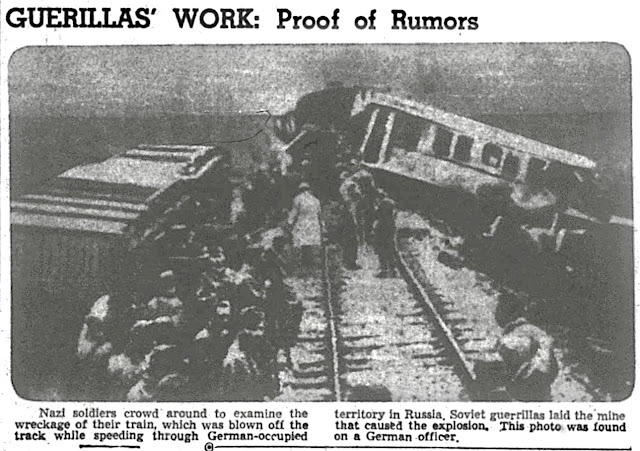
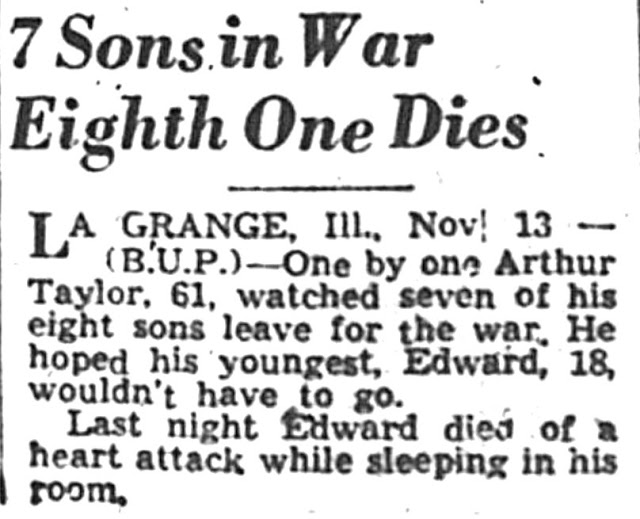






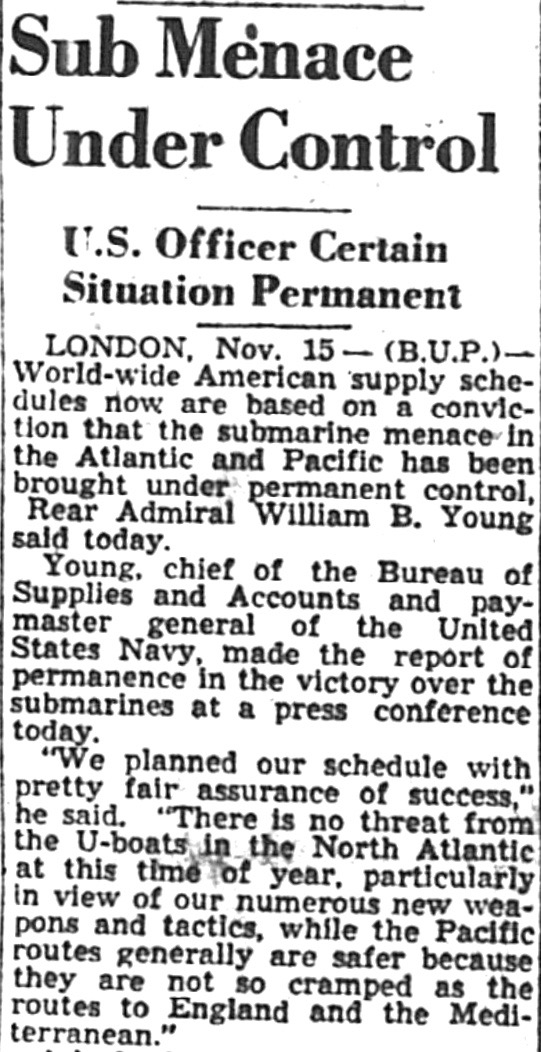




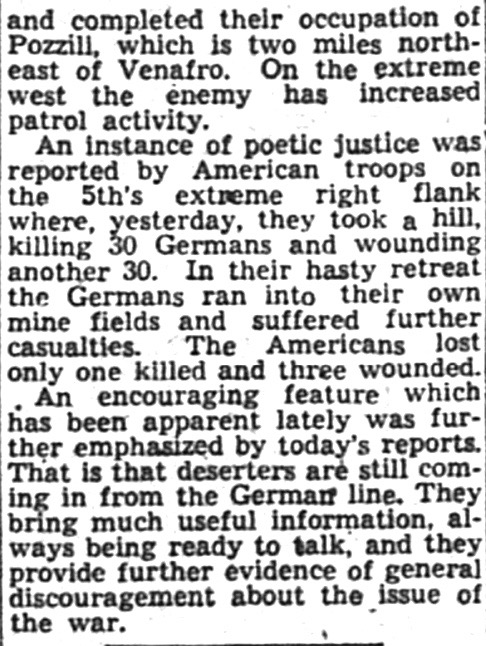
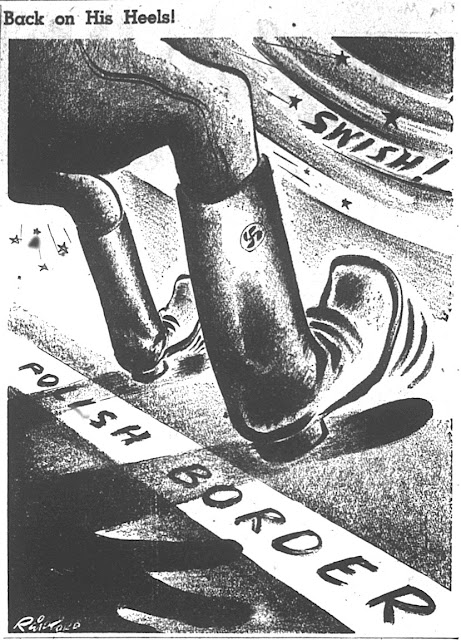




































No comments:
Post a Comment